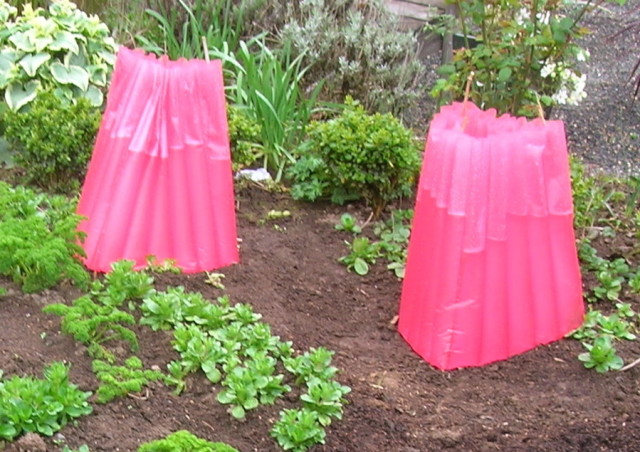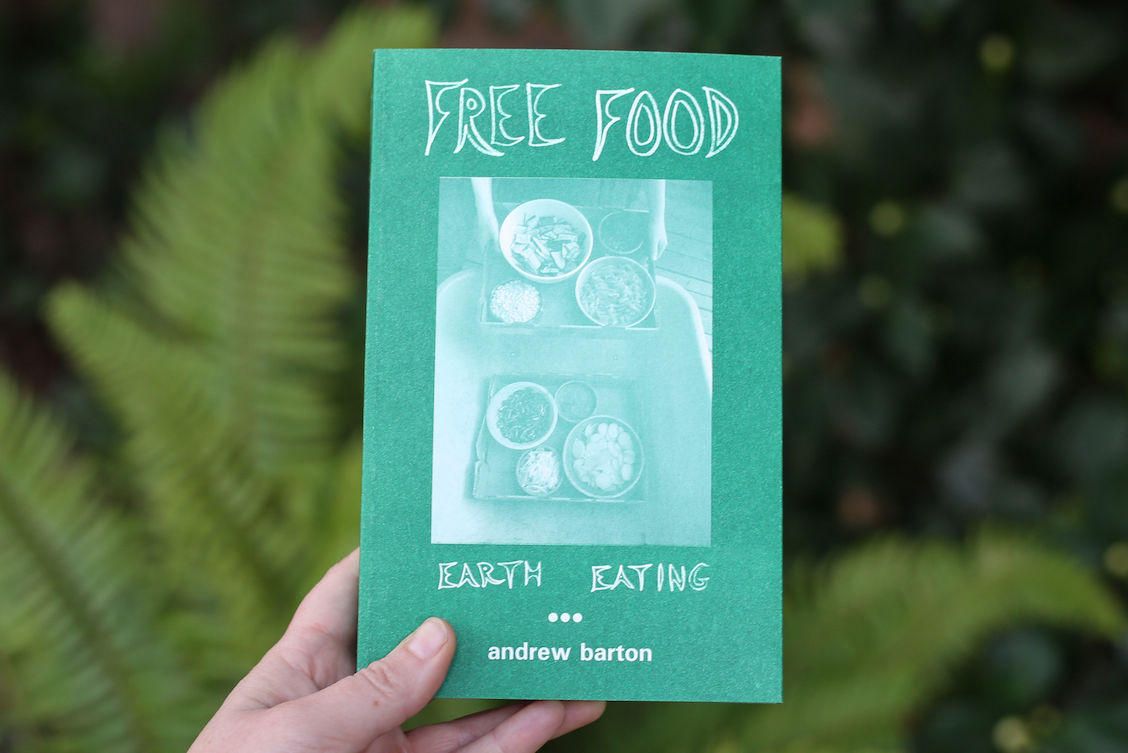Top Tomato Tip

Kozy Kotes in action!
Doesn’t that title just sound like it belongs in an English gardening magazine? But usually it’s "Ten Top Tomato Tips".
Today, however, there’s just one major tip on the agenda, and it relates to tomatoes and temperature.
Tomatoes are tropical plants and require warmth.
Yet as of today, the soil temperature in the area of my garden where my tomatoes will go barely exceeds the minimum for tomatoes: 50-55 F a full 2 inches deep. (Soil temps are still in the low 60s in that part of my garden.) Tomatoes survive at those temperatures, but don’t thrive. Why bother planting when the tomato plant will just sit and sulk? (Especially when the tomatoes in my warm windowsill indoors are growing like gangbusters.)
Here are some things you can do to evaluate the temperature and warm the soil for your tender crops:
Buy a soil thermometer, if you don’t already have one. (I saw them yesterday at Cornell Farm for $10.) Test the temperature of the soil in your vegetable garden first thing in the morning, two inches deep. For tomatoes to survive, soil temperatures should be 50-55 F (some varieties are more cold-tolerant than others). For tomatoes to really thrive, soil temperatures should be well into the 60s. Soil temperatures over 70 really spark growth.
To speed up the process of warming the soil, set up plastic "tents" – Kozy Kotes or Wall-’O-Water products – available at most retail nurseries – or use red or black plastic. This will help raise the soil temperature by a few meaningful degrees. The Kozy Kotes and similar products also keep the air around the plants warmer – especially important when temperatures have been dropping in to the low to mid 40s at night lately.
I haven’t planted my tomatoes out yet in my home garden. (Although some of my clients have extra-warm spots against the side of a building or in pots.) And my peppers and eggplant are probably a week or more away from being planted. Why? Because neither the soil nor the air are warm enough. My house heat, set at 55F, has been coming on for the past few days – a sure sign that it’s not warm enough to plant tomatoes without an extra-warm spot or a Kozy Kote. Surviving and thriving are two different things.
FYI: The optimum growing temperature (for air) for tomatoes is between 75ºF and 95ºF. Air temperatures below 57ºF delay growth and encourage tomato disease. If you wait just a bit longer and take steps to warm the soil, your plants will likely surpass those planted too early.
More tomato tips:
Rotate your tomatoes so that you aren’t planting them where they – or their close relatives (pepper, eggplant, and potato) – have been planted in recent years. This helps discourage disease.
Give your tomato plants room. Space typical staked tomatoes an absolute minimum of two feet apart to allow for air circulation and better light and to discourage disease. Three feet is a lot better.
When planting, bury your tomato up to the first set up leaves. The plants will root along the stem, helping to support strong, healthy growth, as well as deepening the root system – useful in our dry summer climate.
Pinching side shoots is a matter of preference. It hasn’t been shown to make a difference in productivity either way, although it can neaten a plant. And side shoots can produce fruit and flowers, contrary to what some people claim. However, you can speed fruit production in indeterminate tomatoes by pinching the terminal growth (top) towards the season’s end.
Water consistently – deeply and every few days. If the plants go dry in mid-summer, don’t go crazy compensating if the plant is loaded with fruit – this is what leads to fruit cracking. Instead, provide steady, regular moisture every few days, as the weather dictates.
Mulch the plants with mulch, straw, or shredded leaves after the soil has warmed up in early July. Mulch will help with splash-back from the soil, which could carry disease, especially if tomatoes have been grown there in the past. It also helps retain soil moisture during the dry summer months.




